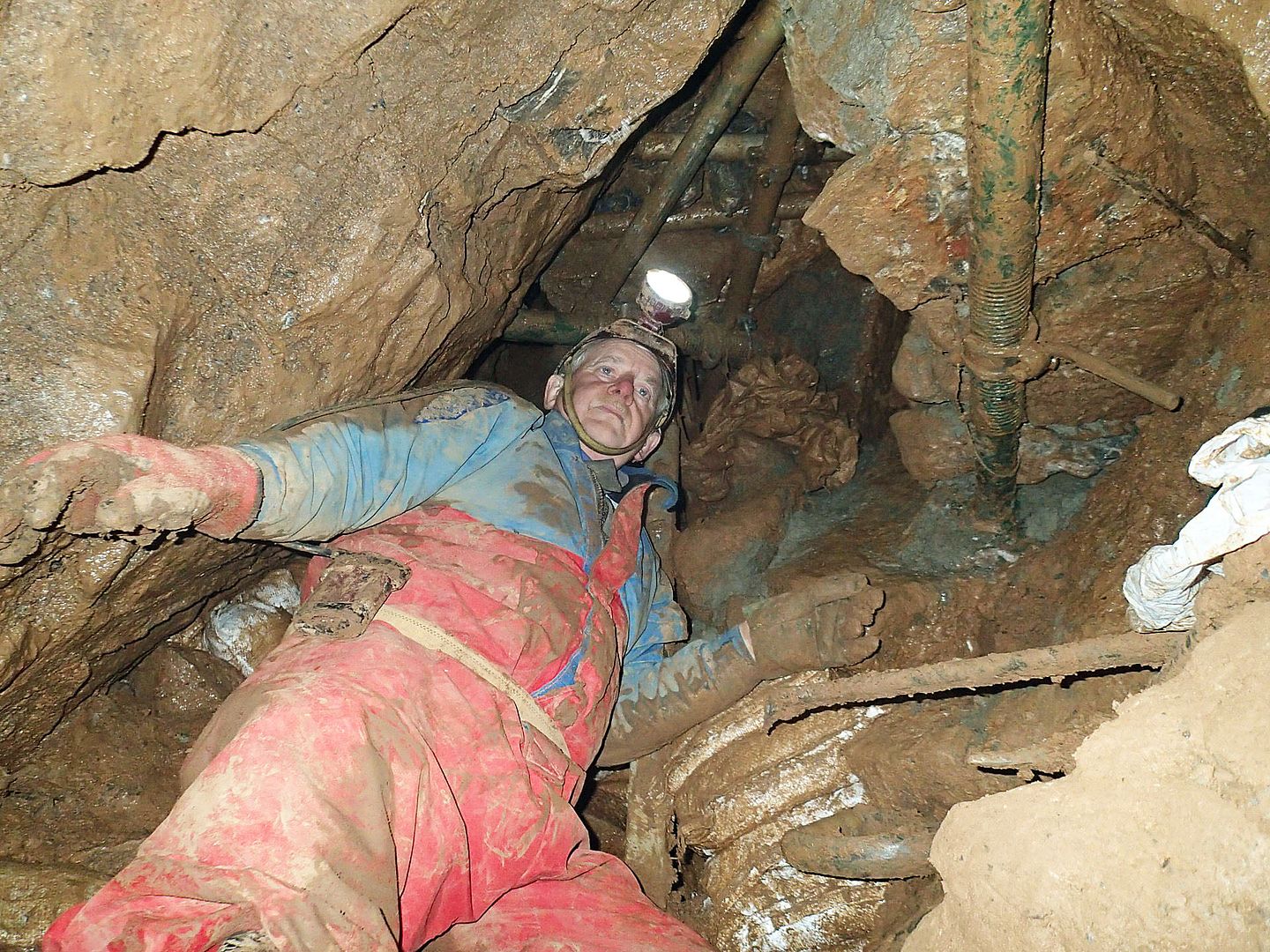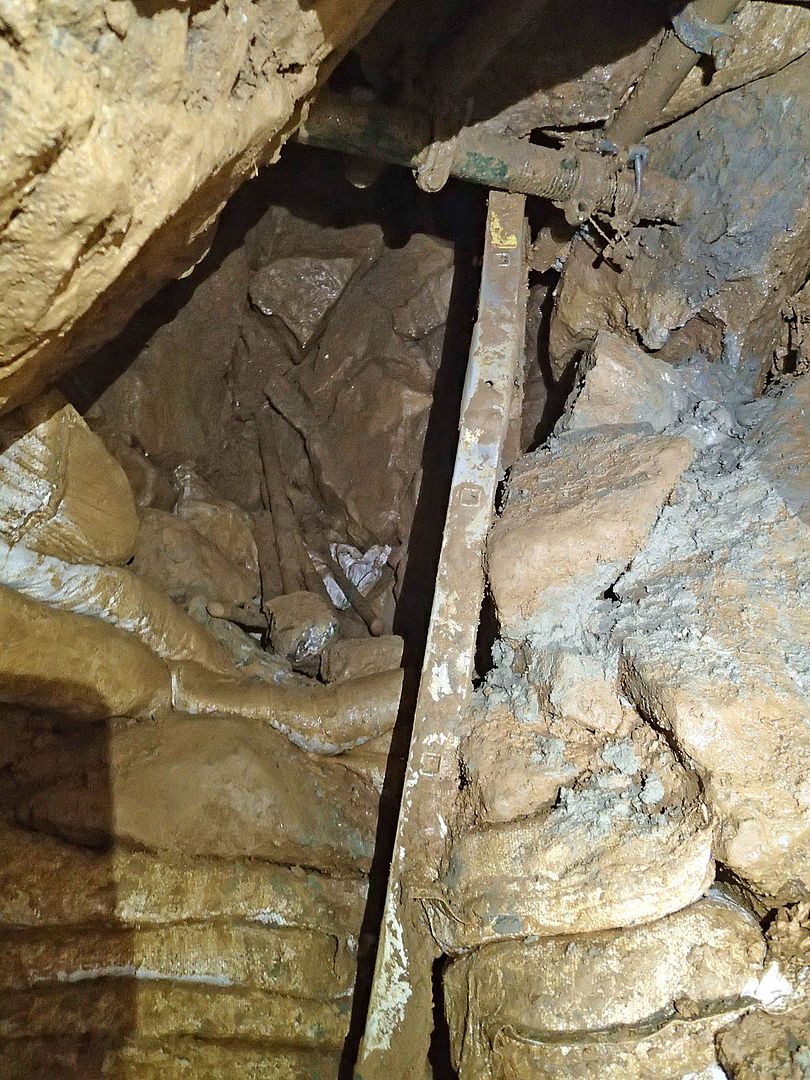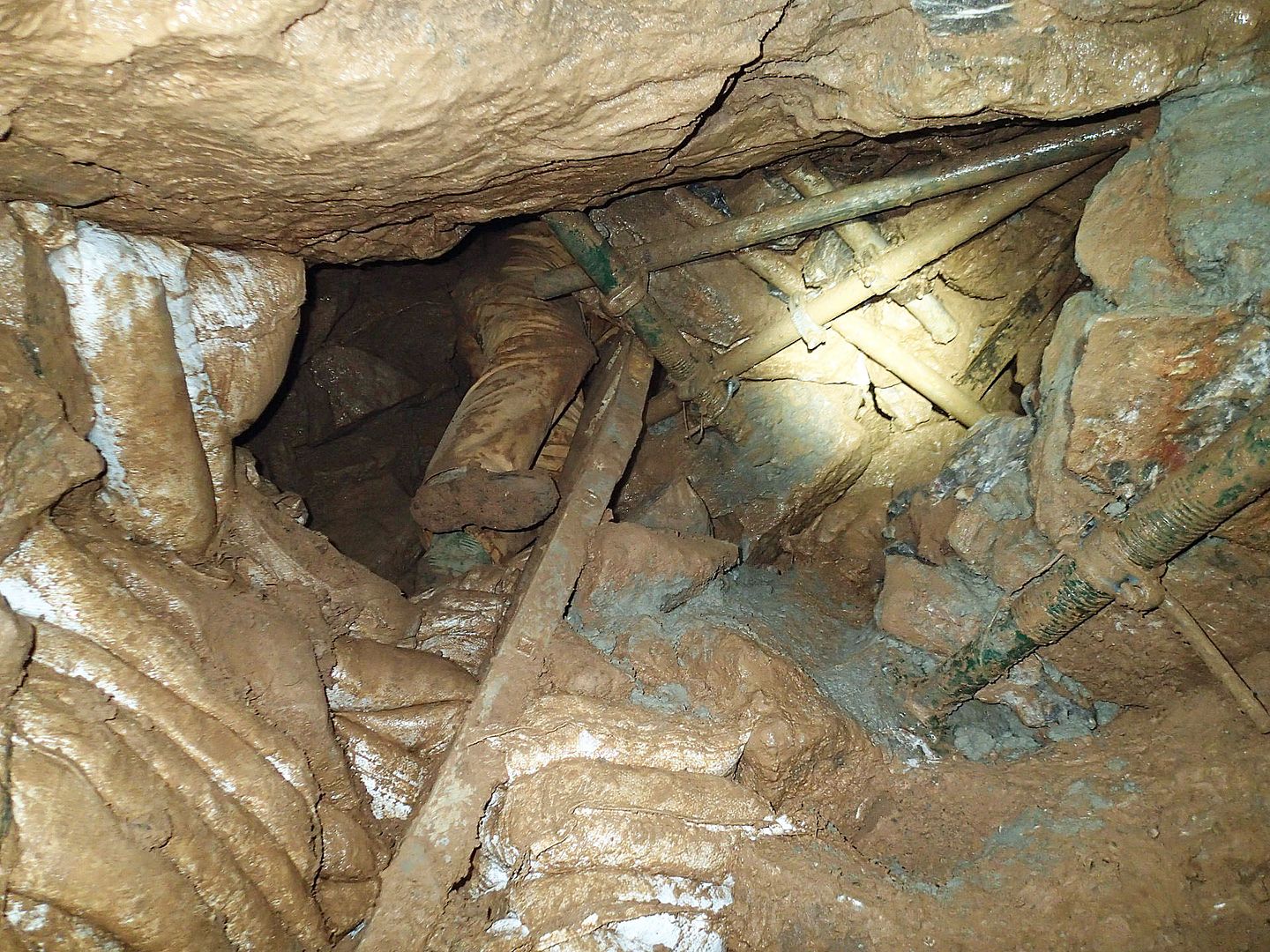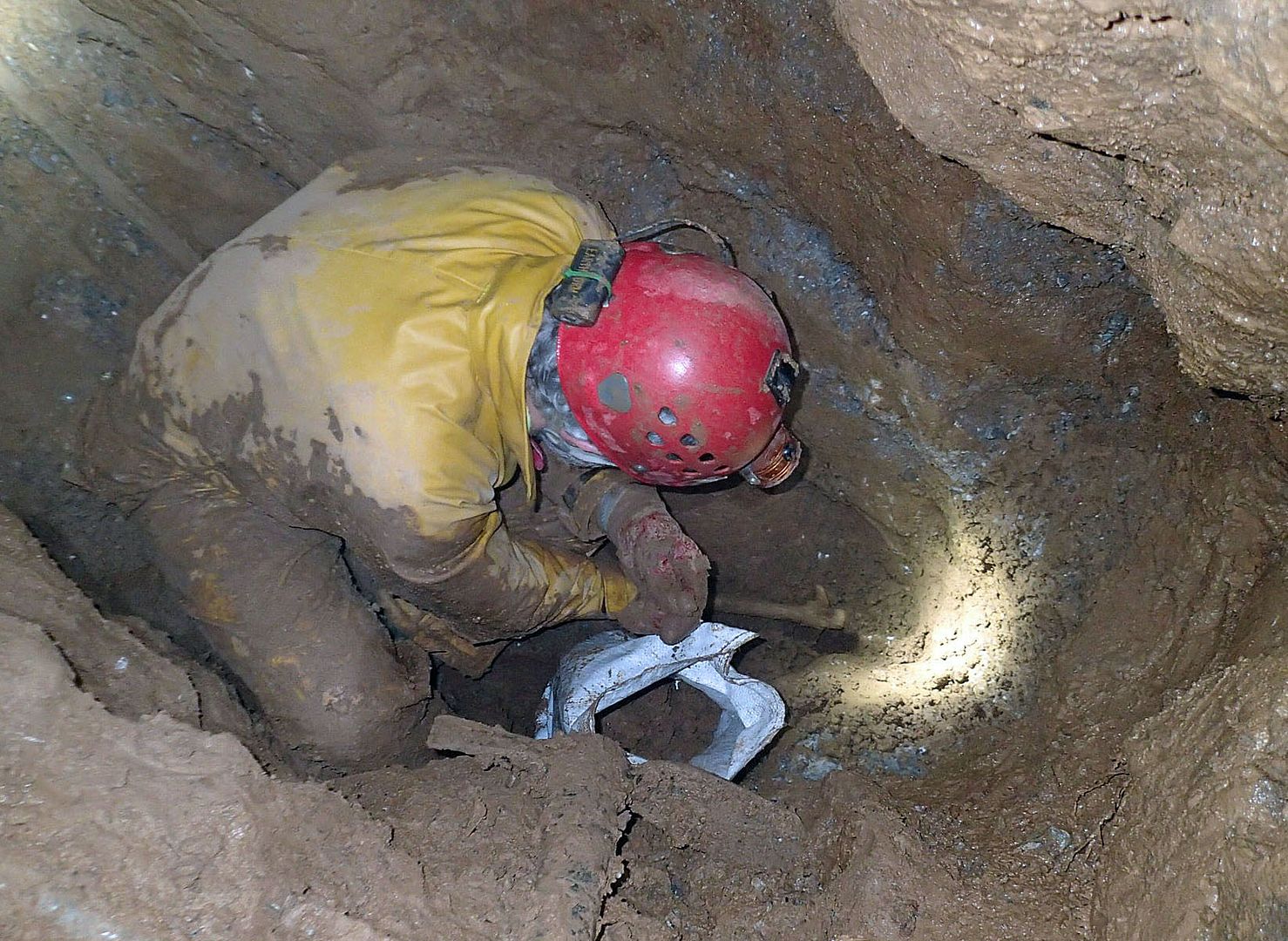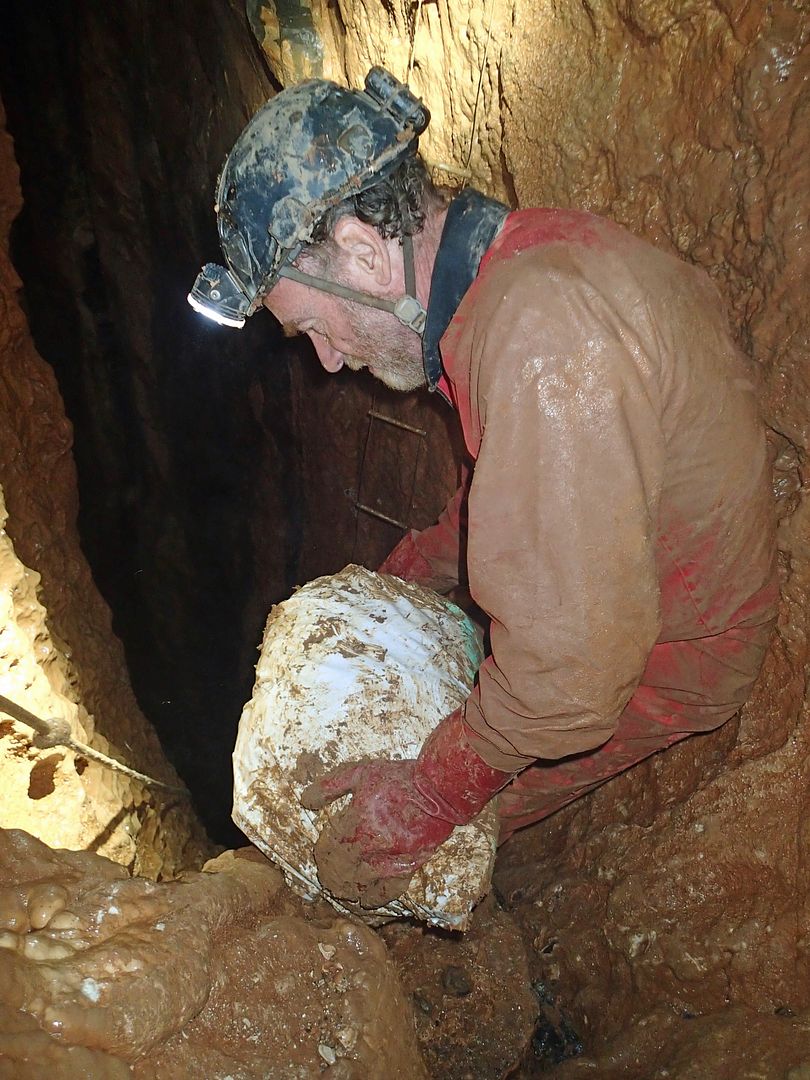The Old Ruminator
Well-known member
A spin off from the discussion in Tankard Shaft Dig thread.
It was remarked that sandbags might decay when used as supporting walls underground. Well some do and some don't so it depends on what long term effect you want.
We are currently using polypropylene sandbags as when they are hammered flat and chocked with small rocks they can make a good retaining wall. Also there is a useful use for excavated material. If you are worried about aesthetics you can face them off with a rock wall. Polypropylene bags are used in earth building construction though in time they might be prone to UV damage. Underground they may well have an indefinite lifespan as this report suggests.
" One report said 30-year-old polypropylene bags were recovered from a landfill (which is approx. how long poly bags have been in existence) and they were still in good condition.
- another report said the lifespan could be closer to 500 years: see www.gcswall.com: "An FHWA study sometime later concluded that the half life of polypropylene fabrics in these benign environments could be 500 years or more, which exceeds the service life of about any construction material used in our transportation facilities."
So there may well be no worry in using them for long term support in a cave dig.
Hessian bags will rot away in time so can be used to build mud walls or with contents mixed with a little cement.
It was remarked that sandbags might decay when used as supporting walls underground. Well some do and some don't so it depends on what long term effect you want.
We are currently using polypropylene sandbags as when they are hammered flat and chocked with small rocks they can make a good retaining wall. Also there is a useful use for excavated material. If you are worried about aesthetics you can face them off with a rock wall. Polypropylene bags are used in earth building construction though in time they might be prone to UV damage. Underground they may well have an indefinite lifespan as this report suggests.
" One report said 30-year-old polypropylene bags were recovered from a landfill (which is approx. how long poly bags have been in existence) and they were still in good condition.
- another report said the lifespan could be closer to 500 years: see www.gcswall.com: "An FHWA study sometime later concluded that the half life of polypropylene fabrics in these benign environments could be 500 years or more, which exceeds the service life of about any construction material used in our transportation facilities."
So there may well be no worry in using them for long term support in a cave dig.
Hessian bags will rot away in time so can be used to build mud walls or with contents mixed with a little cement.



